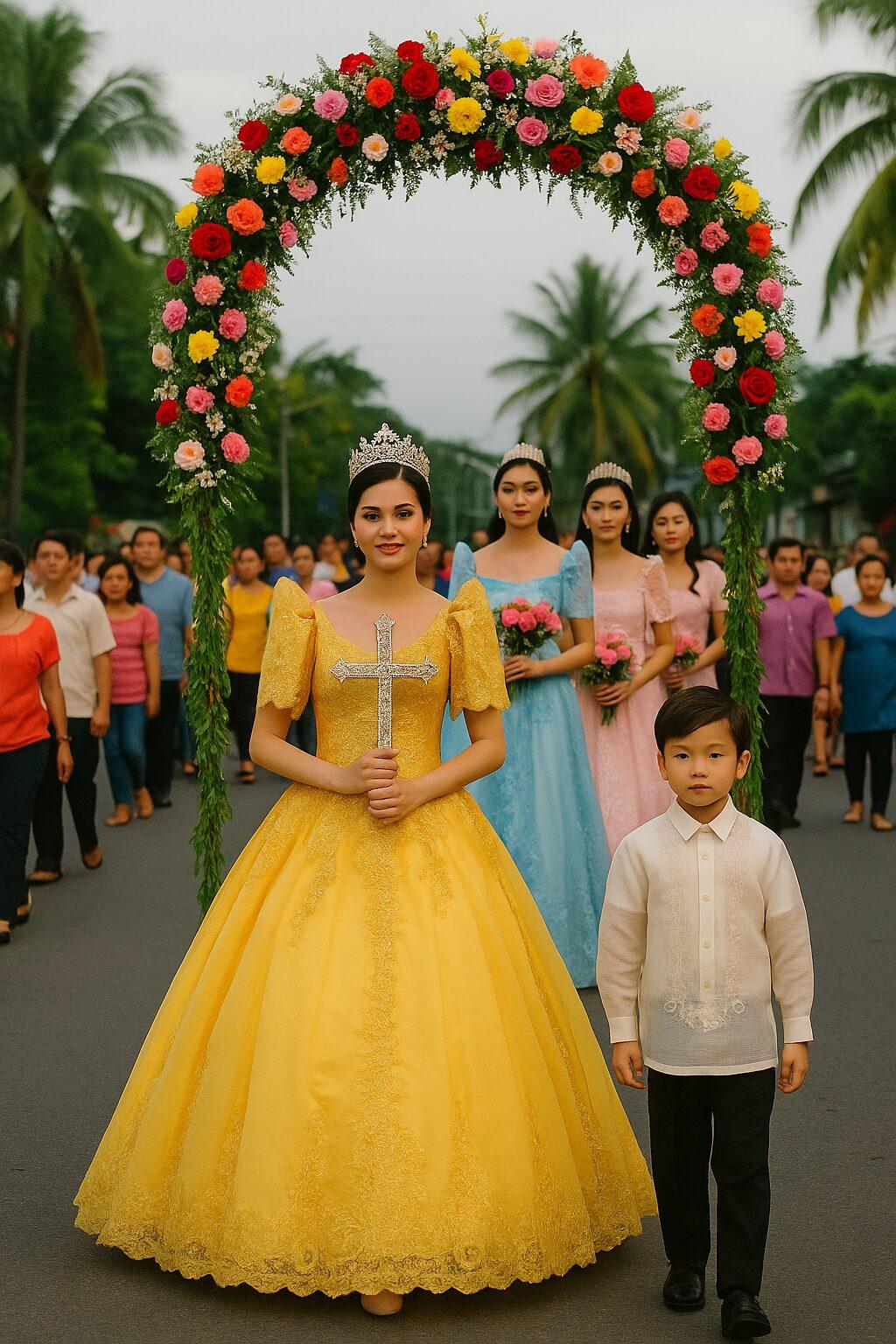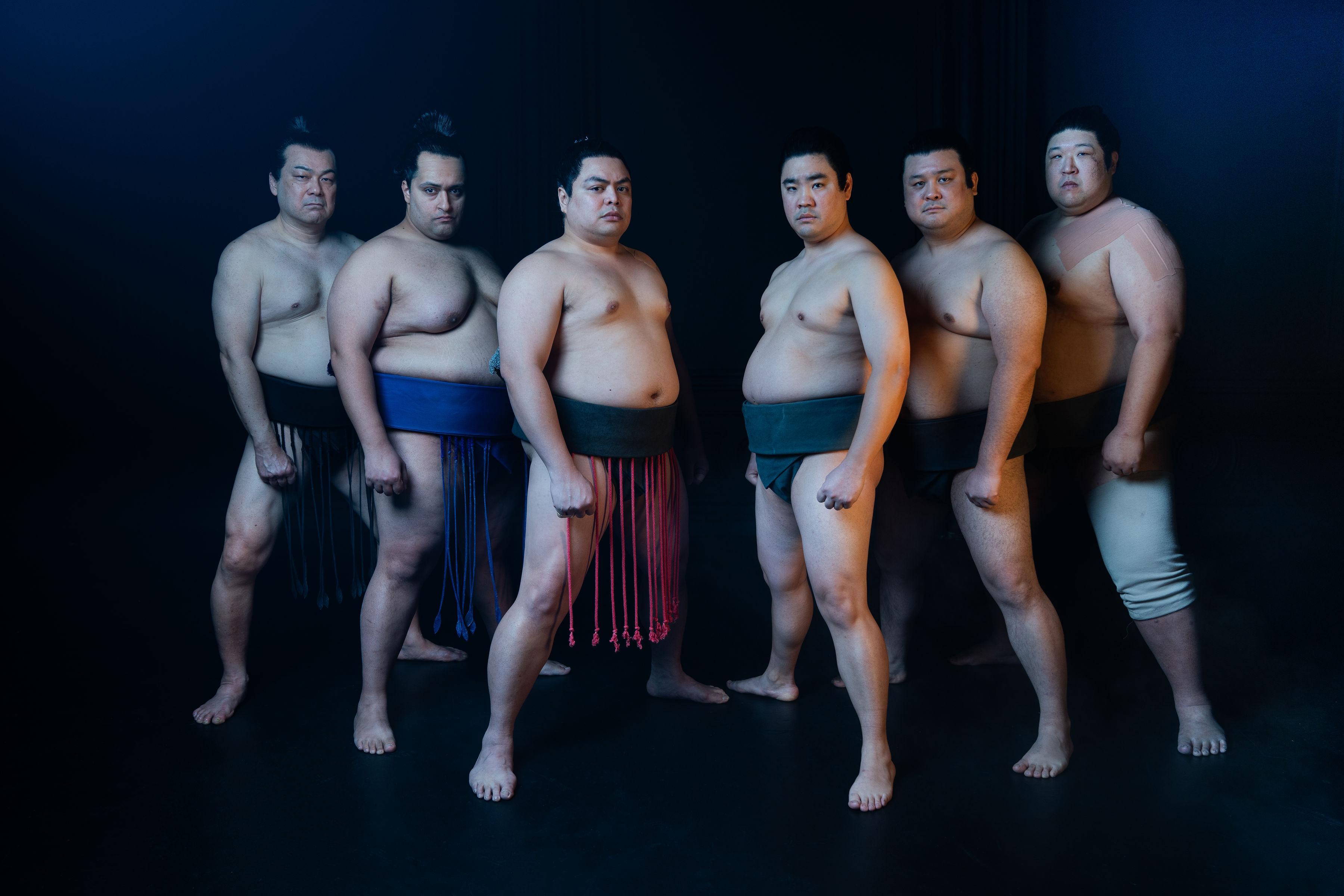A complete account of the origin and background history of the graduation gown would fill a book. But to make a very long story short, the early academic dress in colleges and universities came from Medieval Europe. Sometimes also known as academical dress, academic regalia, and graduation cap and gown, it has its origins in the everyday dress of the medieval clergy.
The dress which secular clergy wore was no different from that worn by all classes of the community. Everyone from highest to lowest wore, as did the clergy, a hood to protect the head in bad weather.
The distinction between dress and various academic levels was seen to have originated in the 13th century. Prior to that, no academical dress was accorded to the undergraduate level, as it was originally a distinction accorded only to masters, unless the founder of a college prescribed a special livery for members.
By 1500 the academical dress became more simple and comfortable, with the result that the heavy outer, closed dress being left off, the sleeved or sleeveless tabard, or some form of sleeved tunica, or other such dress, now the outer garment, assumed a new significance.
Throughout the years, lay fashion was changing rapidly and the academical dress was later on influenced by the three forms of association that grew up in universities. The first of these was the Faculty, less strong in the English universities than elsewhere, the second the College, strong at first at all universities, but later only really so in France, England, Spain, and the Austrian Netherlands, and the third the Nation, strong at first in France and Italy, and in due course in Germany.
This association was a result of the gathering together of those who taught the same subject and who found that only by a united effort could their common aims be made known to their university at large. It also to secure them against the unqualified, who might try to set up for themselves at the university. The second was a corporate body, which enjoyed the benefits of an endowment; and the third was an association based on nationality to defend the rights of an alien in foreign land.
Some examples of faculty colors will show that no exact code of colors, but there were certain tendencies. Thus black at Paris, Oxford, and Cambridge, and white at Salamanca, Coimbra, and Perpignan were the colors of the Faculty of Theology. Green, yellow, or sanguine were at various universities the colors of the Faculty of Medicine, while blue of various shades very often denoted the Faculty of Philosophy. The most constant was scarlet for Canon Law, but even this by no means always held good.
In some countries, in England and Spain especially, founders of colleges ordered certain kinds of dress to be worn by members of their foundations.
Today, it’s useful to know where we are now with graduation robes. The modern graduation gown employs a different robe, gown, hood, tam, mortarboard, cap, and cowl for different individuals and groups within the school or religious institution.
Robe or gown
The three types of degrees each have a different style gown. Bachelor’s gowns have pointed sleeves, and are worn closed. Master’s gowns have oblong sleeve, open at the wrist, with the base hanging down, and rear part of the oblong cut square while the front arc cuts away. These robes have fasteners so they can be worn open or closed. Doctoral gowns have bell-shaped sleeves, also designed with fasteners so it is worn closed or opened. For the doctor’s robes also have trimmings including velvet panels down the front and three bars of velvet on the sleeves. All three gowns are usually black, though some colleges and universities use the color of the school.
Hood
Academic Hoods are black, made from the same fabric as the gown. They vary in length depending on the degree from three feet to four feet, and the doctoral hood is wider. Lined with college or university colors, they typically have one field color and one chevron color, though sometimes there are school specific variations. The edge of hoods is velvet in the color of the degree subject.
Cowl
Cowls are typically made from velveteen rather than velvet, and are used for Associate Degrees. They do not display a degree or discipline color, just the institutional colors on the lining. The outside is generally black.
Tam
Tams are typically used for Doctoral degrees, though some Master’s programs do use them. Tams are made from velvet, and usually have a ribbon over the fabric, and in black. Color variations do occur with some colleges. The number of sides vary, and can be four, six, or eight-sided, eight, six, or four sides. Four-sided is usually only used for Master’s degrees, while six and eight sided are used for Doctor’s degrees depending on which the University prefers. Tams are “poofed” at the top instead of flat, and come with a tassel usually in gold, with one or two buttons and sometimes in a gold bullion color.
Mortarboard or cap
Mortarboards are flat rather than “poufy” at the top, are not made from velvet, and are also usually black but come in a variety of colors and variations are more frequent than with tams. Mortarboards have only four sides, and typically have a tassel with a single button at the top, usually in the color of the degree-granting institution.
Tassel is worn on left after graduation (on right before the big moment). Usually black for undergraduates, but Masters have the option of wearing discipline color while Doctors usually wear gold. (AJPress)
Source: “The History of Academical Dress in Europe Until the End of the Eighteenth Century,” by Hargreaves-Mawdsley, WN, Oxford University Press 1963






